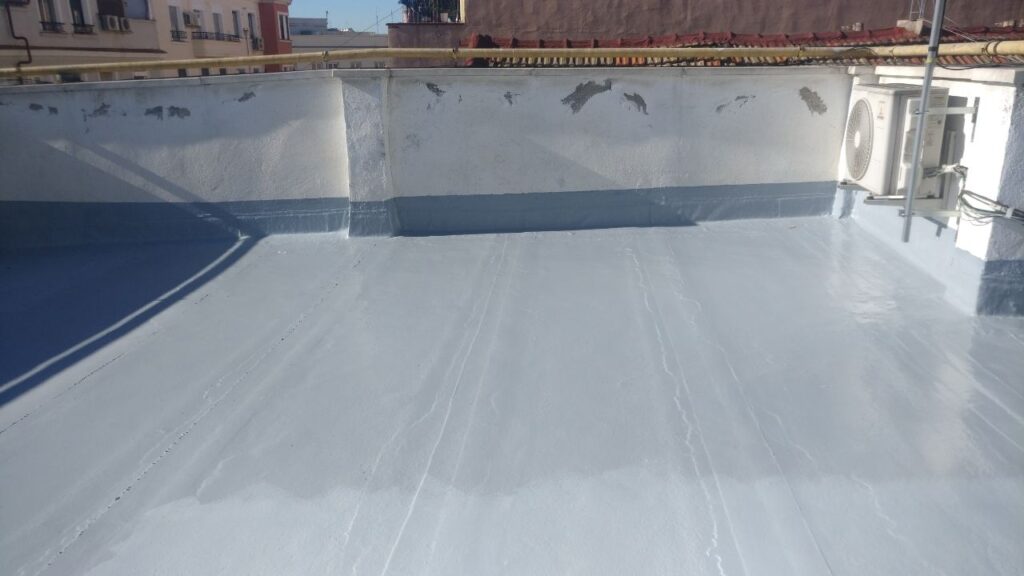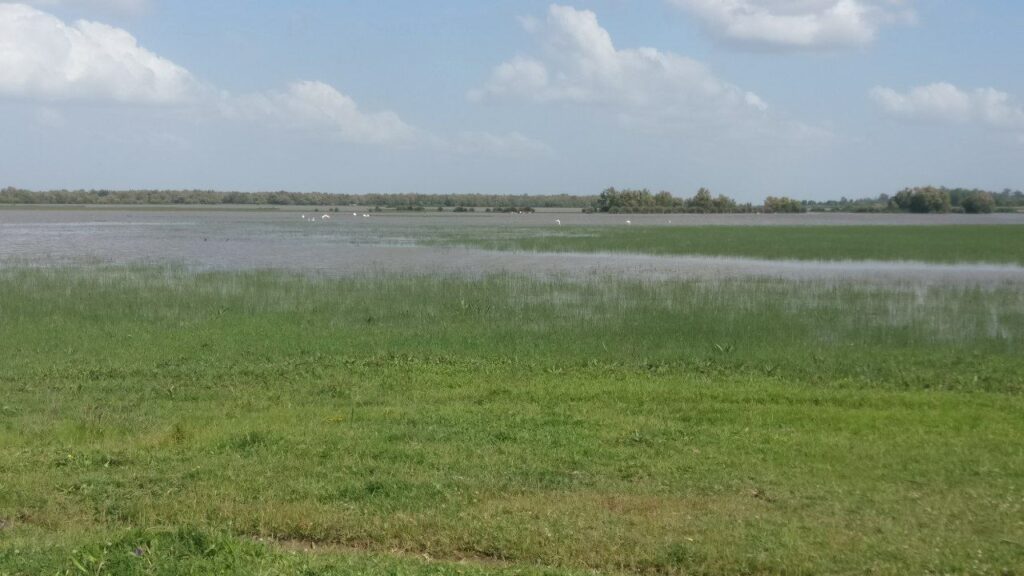Simply put, constructed wetlands are man-made basins where specific vegetation is grown. Wastewater flows into the basin, or into a chain of them, one after another. The vegetation, soil and organisms from the wetland effectively treat the water. At some point the water is collected again in the system and ready to be reused.
I’m interested in these systems because they are comparatively simple to set up and cheap to maintain, and thus they are becoming more common in urban planning all over the planet. They are convenient in decentralised systems; for instance, to treat gray waters from a line of houses in the suburbs.
Literature I’ve consulted says the main drawbacks are:
- the large surface they require per volume of treated water (compared to a conventional plant) and
- the water creating an ecosystem for mosquitoes and other pests
As I learn about the topic, I would like to think these aspects are not just mere disadvantages.
Reflecting on the surface they require: I think of the immense and questionable surface dedicated to on-street parking & roads, even more in areas underserved by public transport. If we stopped taking for granted the space reserved for cars, would dedicating surface to constructed wetlands really account for so much? In my country, flat rooftops in cities are mostly not used at all. Could we build small sized wetlands there? Cities across the world are facing the challenge of bringing down temperatures in summers that are getting hotter every year. Maybe constructed wetlands could act as fresh green spots where the breeze flows in-between buildings, and provide building insulation when placed on rooftops.

My building’s rooftop receiving a new waterproofing treatment past winter
Humans are animals that come from the savannah. Our soul is seduced by green open landscapes such as prairies, lakes, the sea, a crop field waving in the wind, a river forest with 20 kinds of green reflecting on the water. Incorporating wetland landscapes in urban dwellings may provide a valuable well-being factor for people that we’re not taking into account
To address the pests issue I find it helpful to think of the wetland as a micro-ecosystem with many more agents in it, and that interacts with the bigger ecosystem it’s inserted in. Insects have been rapidly declining for a few years now. So maybe the mosquitoes themselves are not an issue, but their role as human disease vectors. My home region used to have the magnificent La Nava wetland. Locals had been trying to drain for centuries, for these very same reasons. This was finally achieved in 1968, only to regret it 20 years later and carry out a successful plan to recover it. The miserable cultivating land gained did not compensate the ecosystem that was lost. Nowadays people in the area don’t have an issue with lagoon related diseases. Maybe it’s the improvement of life standards what solved the health issues people suffered?

I visited Doñana wetland in may 2025 and it was thriving after the heavy spring rains
In a complete ecosystem there are not only mosquitoes, but also birds and reptiles that feed on them. Maybe there’s a way for constructed wetlands to become balanced multispecies ecosystems. The papers I’ve read focus on the utility and viability of preferred wetland plants. Some also mention animal species, but with the same focus: what role they have in the treatment of the water and what they needs to prosper. The impact of introducing foreign species in an ecosystem is mostly not mentioned. Could current approaches be missing an opportunity to recover local biodiversity and at the same time incurring in unnecessary risks?